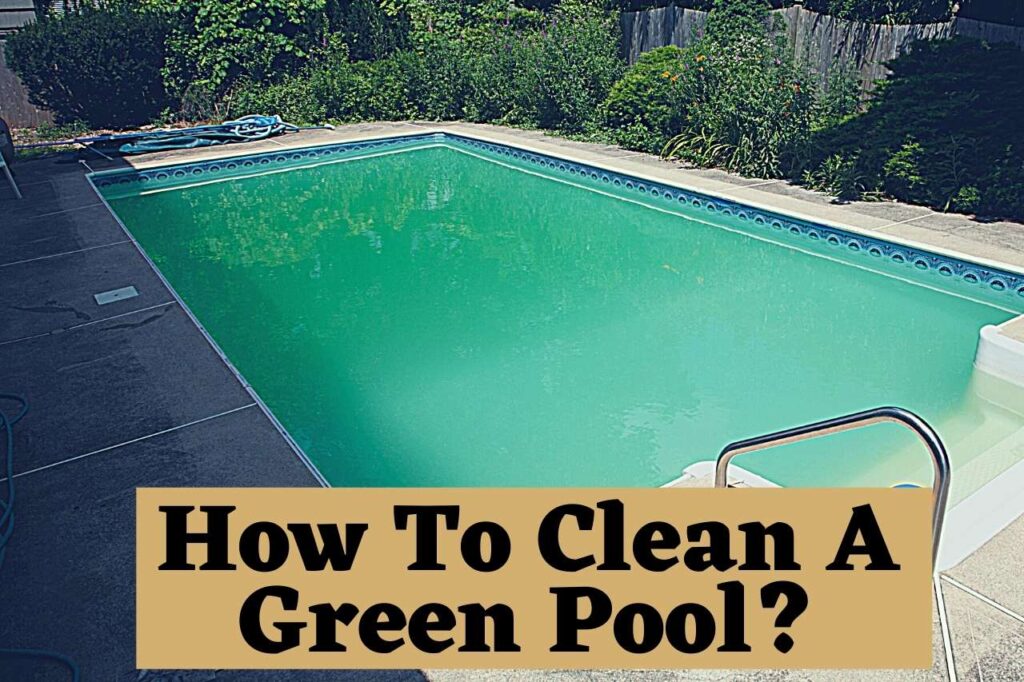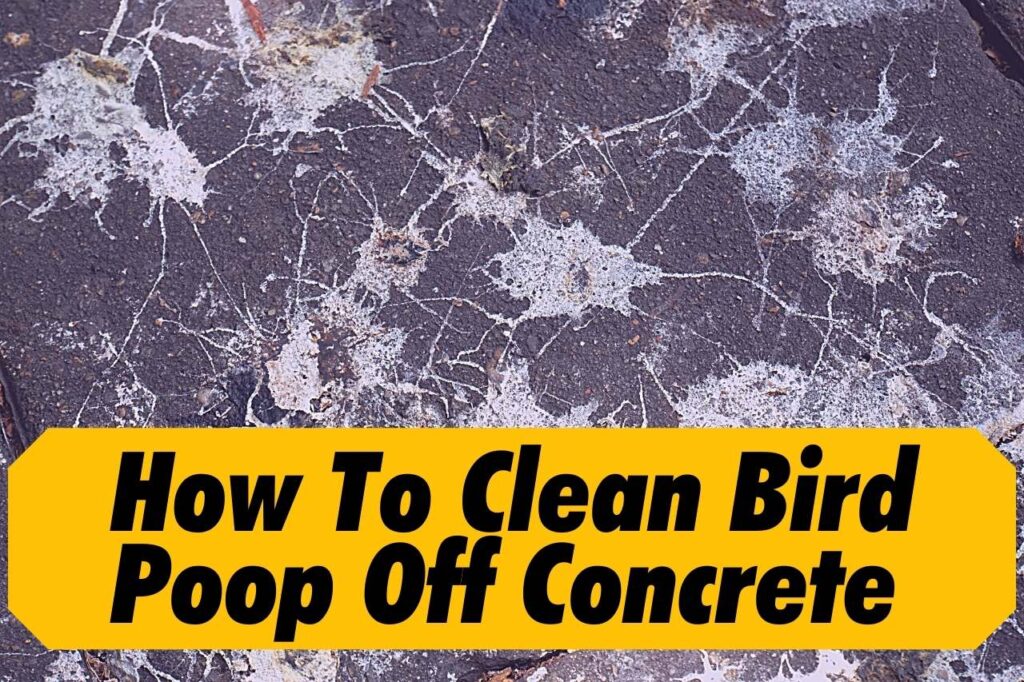People use wood glue typically to repair furniture, but the drying process of wood glue worries most people. Drying the wood glue is critical to deciding whether you have contended with the piece of furniture. This article will take you through some aspects you need to know about wood glue and how to utilize it correctly so that your furniture will not seem renovated. Glue lines that are visible after the mending process makes furniture look unattractive. But does wood glue dry clear? Learn interesting facts about how wood glue dries and how to get a perfect piece of furniture after mending.
Why Does Glue Dry Clear?
So, actually, why does wood glue dry clear? You can search for good-quality glue if you first understand why glue dries clear. A good wood glue selection would be choosing glue that dries clear but gives a strong attachment quality. The reason for the glue to dry clear is because of its solvent base.
The solvent usually makes the glue clear. The result of this action is that the glue also tends to dry. If you don’t need to be free of glue markings on your furniture, you should go for quality types. Another technique to get rid of markings on the table is to look for wood glue with a translucent sheen. This type of glue absorbs the colour of the wood used in the joints of your projects.
Cyanoacrylate resin-like glue such as Glue Masters Professional Grade Wood Glues dry clear while they form a strong attachment. Other general-purpose adhesive types commonly used in DIY projects will dry transparently. Glue formulates with a solvent base. Because of that, it dries clearly. Since solvent-based glues dry clear, they are used to perform tasks where it is not required not to leave any marks on the bond.
Does Wood Glue Dry Clear? Let’s Explore the Wood Glue Types
Various transparent wood glue types are available on the market from well-renowned brands. If the wood glue you have purchased dries in a translucent or transparent manner, you will be happy about the end product. However, some wood glues may show slight changes in colour depending on various other factors. If this happens, you should take some extra action to ensure that the dried glue does not show stained marks on the furniture.
White PVA (Polyvinyl Acetate) Wood Glues
White PVA glues are formations of standard PVA glue. These PVA glues are products of the same synthetic resin (polyvinyl acetate), similar to PVA craft glue. But they have different qualities, making them a well-sought-after choice for many woodworking activities.
PVA wood glue is more capable than craft glue. The composition compounds in the glue help in the process of adhesive drying and minimizes clamping time. Unlike craft glue, PVA glue is highly resistant to dampness. The PVA glue is milky white. It looks the same as craft glue so that it can dry colourlessly or translucently. Most importantly, it would help if you did not mix up PVA glue with brown or dry yellow aliphatic resins.
Aliphatic Resin Wood Glues
Aliphatic resins have some other names as yellow glue or carpenter’s glue. This glue is very much like white PVA glue. Because of that, they are considered an adapted version of regular PVA craft glue. In this incident, the adhesive comprises rectifying resins to improve some of the base glue’s shortcomings.
These shortcomings of woodworking activities include high creep susceptibility, poor water, and high resistance. Though this is quite a marketing strategy, you can benefit from the colour-changing property if your glue matches the wood I n your project. One advantage of aliphatic glue is that it is more accessible to sand after drying than PVA glue.
Cyanoacrylate Glues
Cyanoacrylate glue’s commonly abbreviated term is CA glue. This glue comes in numerous brand names, including Krazy and Super glue. The thinner the CA glue is, the more quickly it sets. However, thicker forms resemble powerful gels which can cover gaps in whatever surface they are attaching. Thicker CA glues are perfect for attaching MDF and other porous woods. Most of the time, cyanoacrylate or CA glues are clear and dry. In heavier solutions, CA glue tends to dry with a more translucent (not completely clear) appearance.
Polyurethane Wood Glue
People use Polyurethane glue for many purposes besides attaching wooden surfaces. They use this glue to connect fabric, rubber, ceramic, and other materials. Polyurethane glue has a distinctive feature that it expands when it dries. As a consequence, the excess adhesive comes out of the joint.
This excess glue is sanded and made flat later. Using this glue can sometimes take work to create a visually attractive wooden project. The most significant advantage of polyurethane glue is that it is waterproof. This distinctive feature makes the bond an excellent type of glue for outdoor equipment. Polyurethane glue turns brown when it dries. However, several formations of this glue are dry apparent and non-foaming.
Before Finishing Up
Does wood glue dry clear? To sum up, all wood glues do not dry clear. However, several glue types do so. When purchasing wood glue, be wise enough to buy wood glue that dries clear and suits the sort of wood you are repairing well. Experts always recommend you test the bond before applying it to the wooded piece you will improve. Doing this ensures you are happy with the colour that it dries before applying. When using the glue, you must also be cautious regarding the thickness of the solvent. Remember, when the bond is very thick, it tends to dry foggy. On the flip side, when the glue is thin, it generally dries clear perfectly.
You May Also Like
- Can You Use Fabuloso On Wood Floors? Research Results
- How To Start A Fire Pit With Wood? Your Backyard Is Your Playground



Pingback: Can Drywall Primer Be Used on Wood? [Is It True]